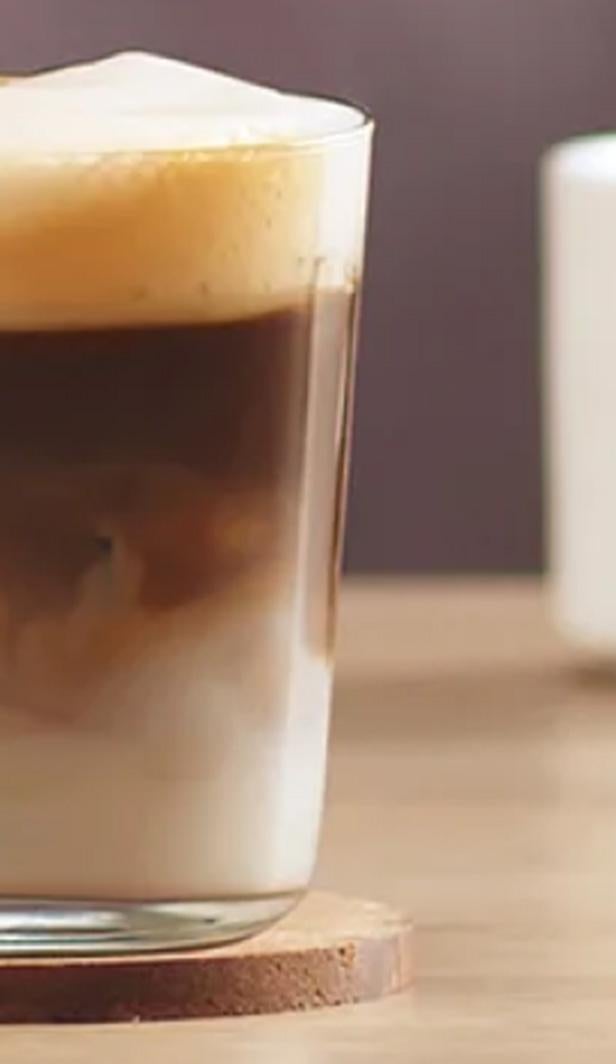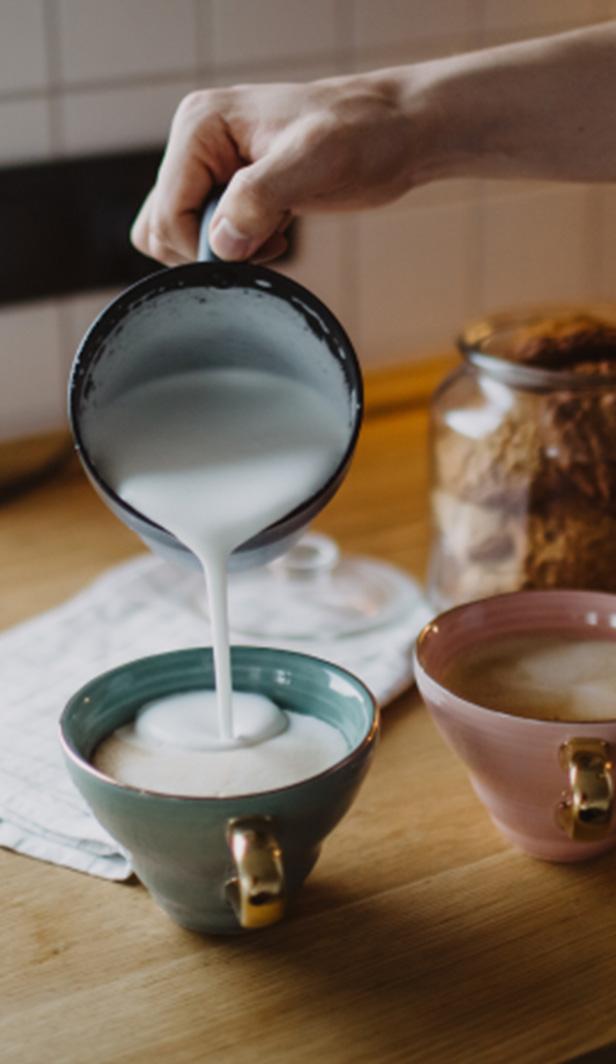Origins of decaf coffee
Before we spill the beans on what decaf coffee is, lets first learn about where it came from.
Decaf coffee was first commercially available in 1906 in Germany. Created by Ludwig Roselius, who thought his father died of too much caffeine, he made it his mission to create a blend that had all of the taste without what he thought was ‘poison’. However, he found the answer to his problems by accident. During one of the coffee bean shipments a box got immersed in seawater and when brewed it was discovered that the water had removed most of the caffeine content from the beans. This revelation led to Roselius, patenting a way of steaming coffee to remove the caffeine and it’s still a process which is used today.
What is decaf?
Simply put, decaf coffee is coffee that is made from regular coffee beans that go through a process to remove the majority of the caffeine. However, decaffeinated coffee is not completely caffeine free, and EU regulation for decaf coffee is less than 0.3% caffeine.
How is decaf coffee made?
Much like regular coffee, decaf coffee beans start their decaffeination process as green, unroasted beans. The beans are then warmed and soaked to dissolve and remove the caffeine.
- Then, the coffee beans undergo one the of the following processes for decaffeination:
- • Solvent Method: For this method, the beans are soaked in water. Then, a safe chemical (like methylene chloride or ethyl acetate) is used to extract the caffeine. The beans are then rinsed to remove the chemical.
- • Swiss Water Process: With this method, only water and special filters are used to remove caffeine. It’s chemical-free and keeps the flavour intact!
- • CO₂ Process: This is when carbon dioxide is used as a magnet for caffeine, pulling it out of the beans while leaving all the lovely the flavours behind.
Differences between decaffeinated and caffeinated coffee
When people discover what is decaf coffee, they often wonder what the difference is to regular caffeinated coffee. Aside from the significantly reduced caffeine content, there’s usually only a very slight difference in taste and smell. But, providing you’re purchasing a quality coffee such as what we offer in our wonderful NESCAFÉ decaf range, you won’t have to compromise on taste.
Does decaf coffee contain caffeine?
Yes, there is a small amount of caffeine in decaf coffee. While the decaffeination process removes most of the caffeine, around 0.3% does still remain. This means that an 8-ounce cup of decaf coffee typically contains about 2 to 5 milligrams of caffeine, compared to the 95 milligrams found in a regular cup of coffee. While this amount is significantly lower, decaf coffee is not entirely caffeine-free.
Why do people drink decaf coffee?
Some coffee drinking opt for the decaf option to enjoy the wide range of tastes and aromas coffee has to offer, without the buzz of caffein. It’s a great option for those who are sensitive to caffeine or prefer an evening cup without losing sleep. With decaf, you can savour the brew-tiful coffee strengths and flavours anytime of the day (or night).
Does Decaf Coffee Taste Different from Regular Coffee?
Yes, it can. This is because the decaffeination process may mellow out some of the flavours, giving decaf a milder or slightly less complex coffee taste. However, modern decaffeinating methods have become quite efficient at preserving coffees natural flavour.
Decaf coffee is a tasty alternative for those who enjoy the sensory experience coffee, but prefer to limit their caffeine intake. Although decaf coffee still contains a small amount of caffeine, it remains a popular choice for those sensitive to caffeine or looking to enjoy coffee at any time of the day without the stimulating effects. So, next time you reach for a cup, consider trying decaf coffee and enjoy the best of both worlds.
Now you know what decaf coffee is, why not explore more unforgettable coffee types and find out what a flat white is?
Today’s community favourites





